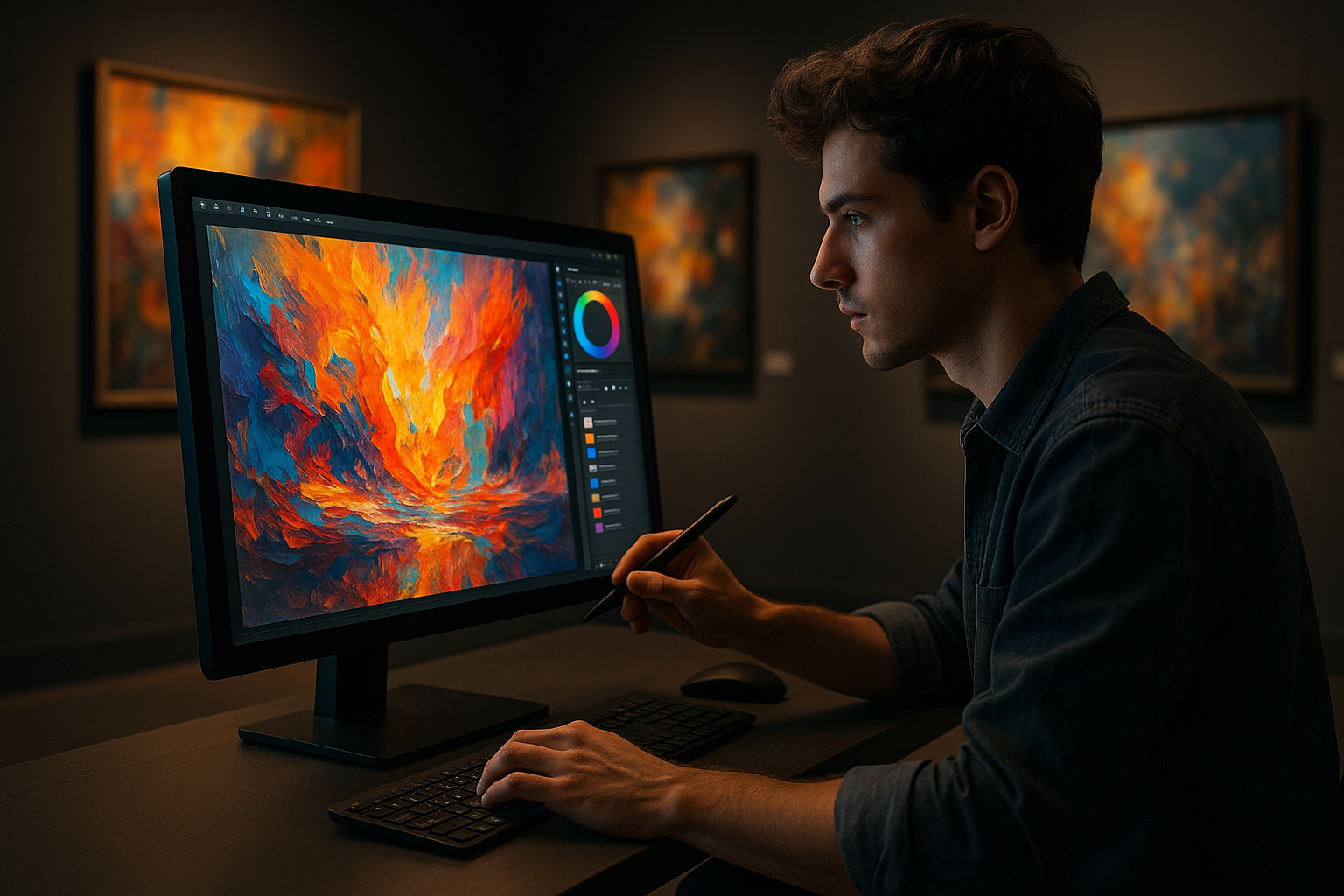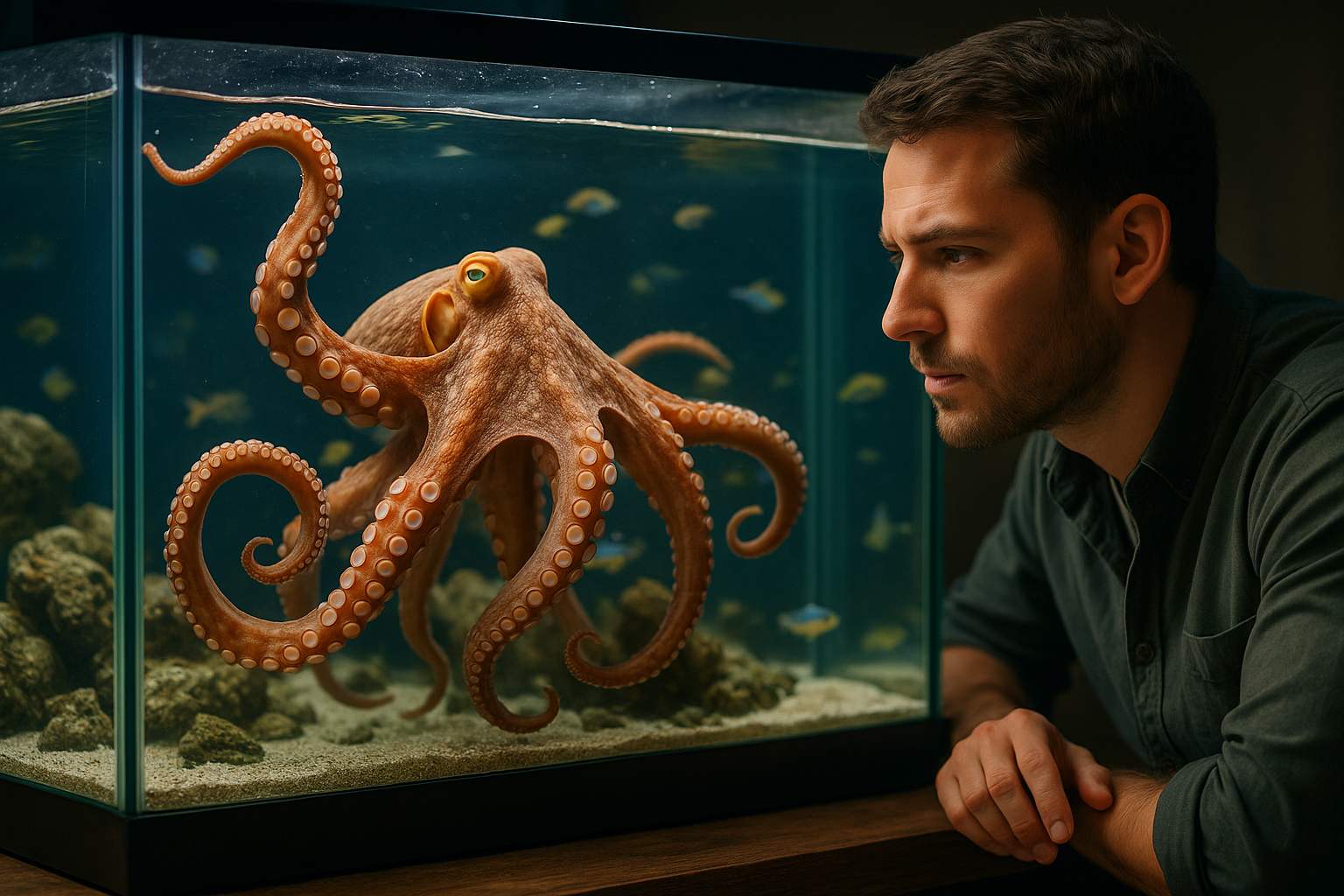"Digital Artistry: The New Vanguard in Contemporary Art"
As the world evolves, so does art. The impact of technology has spurred a new genre, digital art, that's reshaping the landscape of contemporary art. The digital revolution brings uncharted territories of creativity, blurring the boundaries between traditional and modern art.

Genesis of Digital Art
Digital art, though a contemporary phenomenon, has roots dating back to the mid-20th century when early computer graphics were first explored. Artists like Frieder Nake and Vera Molnar were pioneers, using programming and algorithms to create visual compositions. These early experiments laid the foundation for digital art as we know it today.
The Emergence of Digital Art
In the late 80s and early 90s, tech advancements like Photoshop and 3D modeling software opened up new possibilities for artists. They were no longer confined by traditional tools and mediums. They could manipulate images and create virtual realities, pushing the boundaries of artistic expression.
Current Dynamics in Digital Art
Today, digital art has a vibrant, ever-evolving landscape. From graphic design to digital painting, animation, and virtual reality, artists are using technology to create immersive, interactive experiences. A significant development is the rise of NFTs (Non-Fungible Tokens), giving digital art a unique value and ownership in the virtual marketplace, further legitimizing this art form.
Impact and Reception of Digital Art
Digital art challenges the traditional notions of art, encouraging dialogue about authenticity, originality, and value. It has democratized art, making it more accessible to a wide audience. However, it also faces criticism, with skeptics questioning its artistic merit and the commodification of art in the digital space.
The Future of Digital Art
The future of digital art is boundless with endless possibilities. As technology continues to evolve, it will continue to push the boundaries of creativity. The intersection of art and technology is just beginning to be explored, and the coming years are likely to bring more innovation and experimentation.
Digital art marks a significant departure from traditional art forms, bringing new dimensions to artistic expression. It is a testament to the human spirit’s adaptability, proving that creativity can flourish even amidst rapid technological change.
This digital revolution in the art world is not just a fleeting trend but a testament to how art evolves with society, reflecting its values, challenges, and aspirations. It is a fascinating journey that merits our attention as it continues to unfold.




